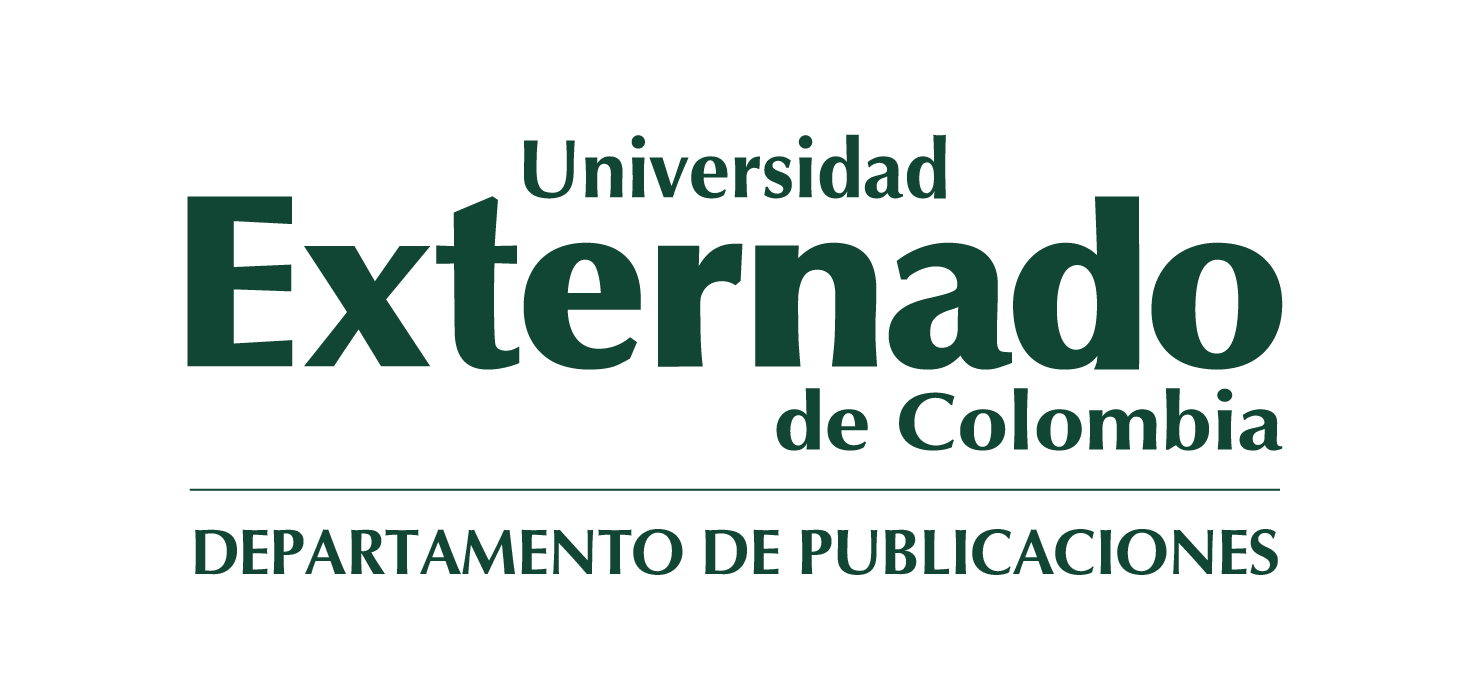Respondiendo a la Tortura.
Perspectivas latinoamericanas sobre un Desafío Global
La tortura como violación a los derechos humanos implica el uso de violencia y lo mental, dirigida intencionalmente a causar dolores o sufrimientos con u específico, por o con la aquiescencia de agentes estatales. La historia de América Latina no ha sido agena al uso de la tortura como instrumento de dominación.
Pese al rechazo ala tortura en el marco del Derecho Internacional Humanitario del Derecho Internacional de los Derechos Humanos, y más recientemente derecho positivo doméstico, la tortura no ha logrado erradicarse ni en la re latinoamericana, ni en el resto del mundo.
Históricamente, en materia de Derecho Internacional de los Derechos Humanos, a la prohibición general de la tortura y tratos crueles, inhuma o degradantes, la Declaración Universal de Derechos Humanos taro, 5) en 1948, siguió su incorporación en un documento vinculante: el Pacto Internacional de los Derechos Civiles y Políticos (artículo 7). El alcance d prohibición se desarrolló mediante los Comentarios Generales No. 7 y el No.20 del Comité de Derechos Civiles y Políticos, órgano de tratado del Pacto.
Sin embargo, la adopción de una definición legal de la tortura, se dio solo en con la Convención Interamericana para Prevenir y Sancionar la Tortura la que le siguió la entrada en vigor de la Convención de las Naciones Unidas contra la Tortura y Otros Tratos o Penas Crueles, Inhumanos o Degradar en 1987.
En el ámbito del Derecho Internacional Humanitario, la prohibición la tortura tiene un amplio desarrollo consuetudinario. Tanto los convenios La Haya de 1899 y 1907, como el artículo 3 común a los cuatro Convenios.
Torture as a violation of human rights involves the intentional use of violence and mental anguish, aimed at causing pain or suffering for a specific purpose, by or with the acquiescence of state agents. The history of Latin America has not been immune to the use of torture as a tool of domination.
Despite the rejection of torture under International Humanitarian Law, International Human Rights Law, and more recently domestic positive law, torture has not been eradicated in Latin America or the rest of the world.
Historically, in terms of International Human Rights Law, the general prohibition of torture and cruel, inhuman, or degrading treatment, the Universal Declaration of Human Rights (Article 5) in 1948, was followed by its incorporation into a binding document: the International Covenant on Civil and Political Rights (Article 7). The scope of the prohibition was developed through General Comments No. 7 and No. 20 of the Human Rights Committee, the treaty body of the Covenant.
However, the adoption of a legal definition of torture only came with the Inter-American Convention to Prevent and Punish Torture, followed by the entry into force of the United Nations Convention against Torture and Other Cruel, Inhuman or Degrading Treatment or Punishment in 1987.
In the realm of International Humanitarian Law, the prohibition of torture has extensive customary development. Both the Hague Conventions of 1899 and 1907, as well as Article 3 common to the four Conventions.
CONTENIDO
LA TORTURA ENTRE EL DERECHO INTERNACIONAL Y EL
DERECHO INTERNO: IMPLEMENTACIÓN INADECUADA DE ESTÁNDARES
INTERNACIONALES Y RENDICIÓN DE CUENTAS EN MÉXICO Y PERÚ
RESPONSABILIZAClÓN LEGALIZADA y
PREVENCIÓN DE LA TORTURA EN LA CONCIENCIA
JURÍDICA DE ACTIVISTAS BRASILEÑOS
LA PROLIFERACIÓN DE LA TORTURA Y OTROS MALTRATOS
EN NIÑOS, NIÑAS Y ADOLESCENTES PRIVADOS DE LA LIBERTAD
EN DIFERENTES CONTEXTOS: NECESIDAD DE ALTERNATIVAS
LA INDEPENDENCIA DE LOS MECANISMOS NACIONALES
PARA LA PREVENCIÓN DE LA TORTURA A LUZ DEL DERECHO
INTERNACIONAL Y EXPERIENCIA COMPARADA
DIEZ ESTÁNDARES INTERNACIONALES O INDICADORES
PARA LA INVESTIGACIÓN DE CASOS DE TORTURA EN EL
ÁMBITO PSICOLÓGICO Y LA MEDICIÓN DE SU EFECTIVIDAD
HACIA UN PROTOCOLO UNIVERSAL PARA
ENTREVISTAS NO COERCITIVAS: SU IMPACTO
POTENCIAL DESDE Y EN AMÉRICA LATINA
SOBRE LA NECESIDAD DE SUPERAR CONCEPTOS
OBSOLETOS Y BARRERAS NORMATIVAS PARA
EVITAR ABUSOS EN LAS PRISIONES DE LATINOAMÉRICA
PREVENCIÓN DE LA TORTURA EN LA AMÉRICA
LATINA BAJO LA LEGISLACIÓN SOBRE MNP
APORTES DESDE EL MODELO COMUNITARIO
AL ABORDAJE DE LA TORTURA Y LA VIOLENCIA
POLÍTICA EN LATINOAMÉRICA
eBook
Impreso bajo demanda
Impreso
-

-
Lina Muñoz Ávila
-
Abogada, especialista en Derecho Constitucional, magíster en Derecho y Economía del Cambio Climático y doctora en Derecho. Directora de la Especialización y de la Maestría en Derecho y Gestión Ambiental y asesora de la clínica jurídica Grupo de Acciones Públicas (GAP) de la Facultad de Jurisprudencia de la Universidad del Rosario en Bogotá, donde se desempeña como profesora de tiempo completo. Ha sido investigadora posdoctoral del Instituto Max Planck para el Derecho Público Comparado y el Derecho Internacional (Heidelberg, Alemania).
-



